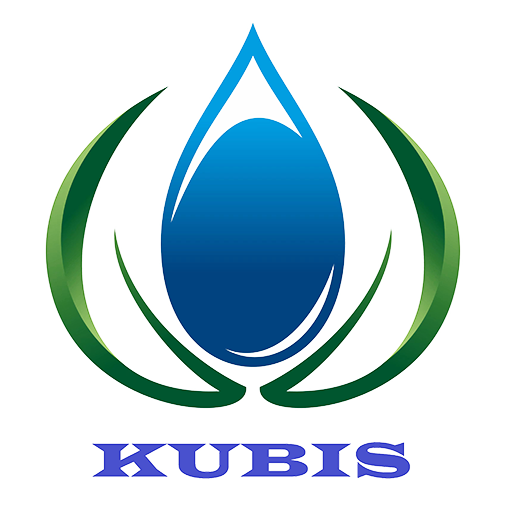
When choosing the right rubber shock absorber, a number of factors need to be considered in order to meet specific needs.
Understanding of application scenarios: Different application scenarios have different performance requirements for shock absorbers. For example, shock absorbers for automotive engines need to withstand high dynamic loads and frequencies, while shock absorbers for precision instrumentation focus more on stability and low-frequency vibration isolation.
Load assessment: Determine the magnitude of the loads that the required shock absorber will be subjected to. This includes static and dynamic loads. The static load is the pressure on the shock absorber when the equipment is at rest, while the dynamic load is the vibration and shock generated by the equipment during operation. According to the load requirements to select the appropriate type and specification of the shock absorber.
Damping effect: The damping effect is an important consideration when selecting shock absorbers. Usually, the damping effect is closely related to the damping performance of the shock absorber. Good damping performance of the shock absorber can better absorb and dissipate vibration energy, improve the stability and service life of the equipment. Therefore, in the selection, attention should be paid to the damping coefficient, dynamic modulus and other performance indicators of the shock absorber.
Material selection: The material of rubber shock absorber has an important impact on the performance. Kubis offers a wide range of material options, including COURHANE, KUBIS and SUMER system materials. With better weathering and ageing resistance, they are suitable for outdoor environments. Customers can also choose other synthetic rubber materials according to specific needs, such as neoprene rubber, nitrile rubber and so on, which have different oil resistance, temperature resistance, abrasion resistance and other characteristics.
Structure form: Rubber shock absorbers have various structure forms, such as reduced, cut, shear, composite and so on. Different forms of shock absorbers are suitable for different application scenarios and load requirements. For example, reduced-type rubber shock absorbers are suitable for equipment such as lightweight centrifugal water pumps, while shear-type shock absorbers are more suitable for occasions that need to withstand larger shear forces.
Compatibility and Installation Requirements: The compatibility and installation requirements of the shock absorber with the equipment also need to be considered. Match the dimensions, interfaces and other parameters of the shock absorber with the equipment, and understand the precautions and steps in the installation process, so that the shock absorber can be installed correctly and play the best performance.
We hope the above suggestions can help you make a wise choice. If you have more questions or need further assistance, please feel free to let us know. Kubis provides customised vibration damping solutions and looks forward to working with you to provide quality vibration damping protection for your equipment.
